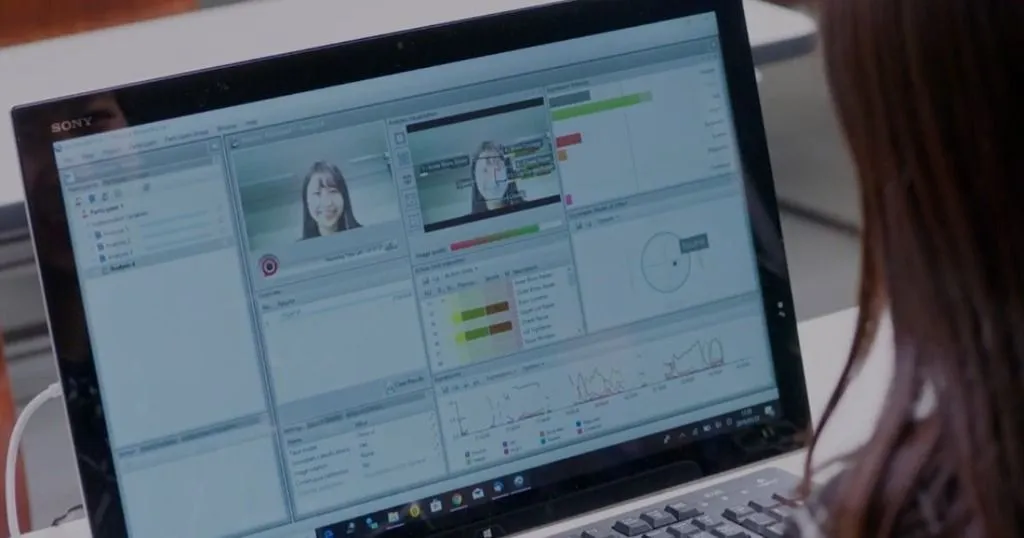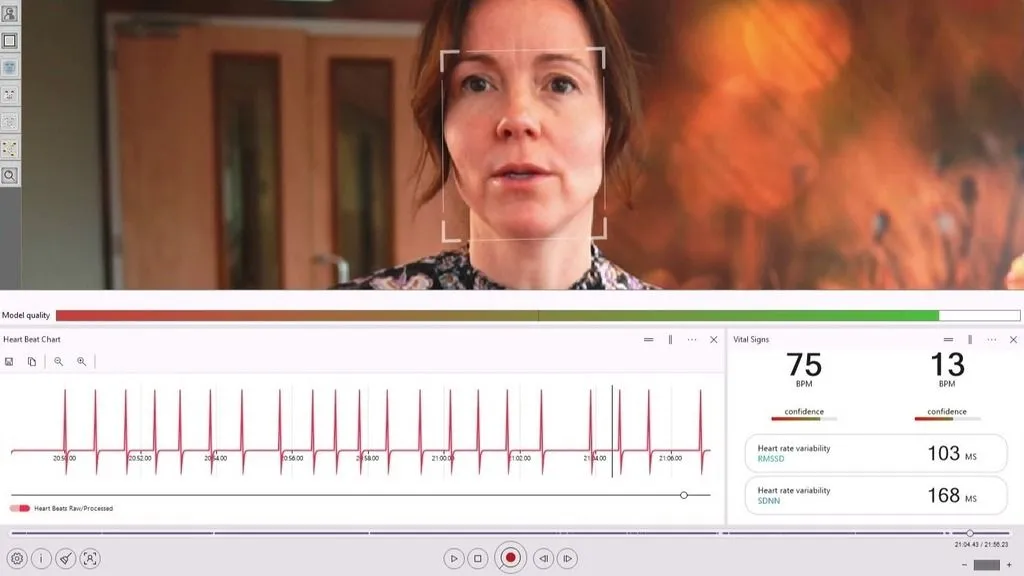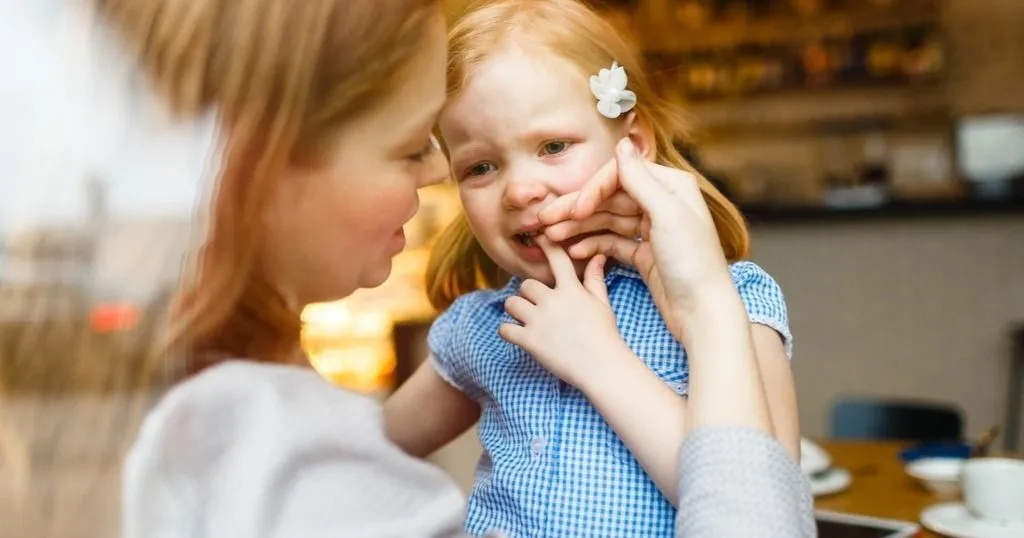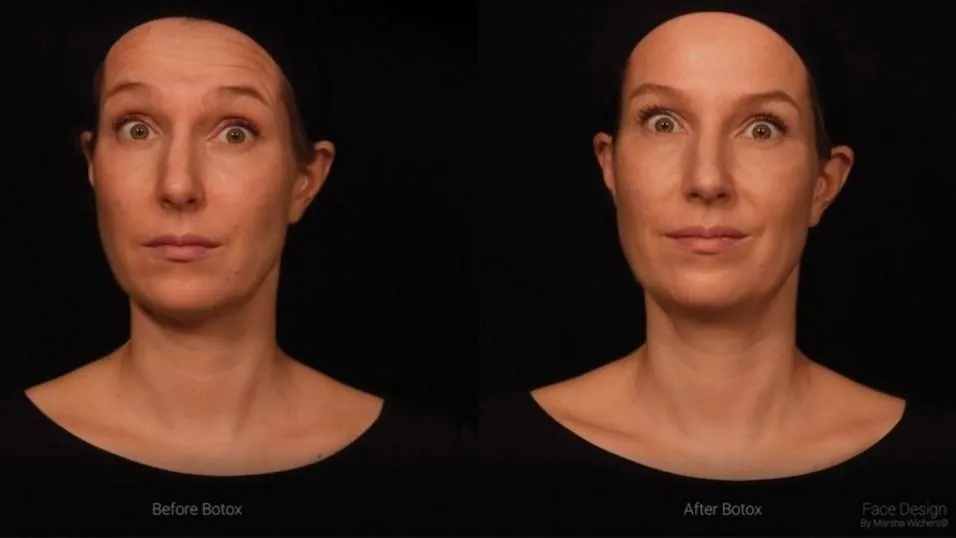Emotion blog posts
Emotions are what makes us human, and we all experience them. Emotion data provides crucial insights that allow researchers to gain insight in complex human behaviors in greater depth. Emotions can play a role in all kind of matters. For example, in the decisions we make whether or not to buy something, in food choices we make, and in how we interact with others.

06 Oct
human behavior research
Emotion
The role of facial expression of emotion in joint activities
How does emotion expression guide interactive value learning and interactive corrective action selection? Dr. Robert Lowe investigated this and shares his findings in this guest blog post.

14 Jul
human behavior research
Emotion
The eyes have it: face masks and non-verbal communication
When seeing another person wearing a face mask, humans have to rely on visible facial signals, which are the eyes and eyebrows. Looking someone in the eye is an important part of communication.

11 May
human behavior research
Emotion
STAY AT HOME!
What is the best way to communicate an important message such as 'Stay at home'? The research team of Mauri compared the emotional reactions to three short videos containing this message using FaceReader.

02 Mar
human behavior research
Emotion
Saying Ouch Without Saying It: Measuring Painful Faces
What happens when we’re in pain, real physical pain, but we cannot tell someone where or how badly it hurts? We can look at the facial expression!

17 Feb
human behavior research
Emotion
For Pete’s Sake: Measuring Frustration
Within the field of human factors and usability, frustration poses an interesting challenge. It can be a barrier for learning. So how can we measure frustration in order to minimize it?

07 Nov
human behavior research
Emotion
Consumers' food choices and emotions
Is there a relationship between food choice and a person’s mood? Bartkiene et al. examined the factors that influence our food choice, using facial expression analysis.

31 Oct
human behavior research
Emotion
SUKIPANI: The magic word for making a smile
The SUKIPANI smile is an exercise to train the muscles you use while smiling. Dr. Sugahara explains the effect of the movements of the muscles and uses FaceReader to analyze the smiles.

17 Oct
human behavior research
Emotion
What is RPPG?
Nowadays, measuring heart rate and heart rate variability can be done remotely, without all kinds of devices being attached to the test participant, using remote photoplethysmography (RPPG). What is RPPG and how does it work?

15 Aug
human behavior research
Emotion
Emotional responses to infant crying
Hearing an infant cry can cause negative emotions, which can impact the way we respond. Researchers Riem and Karreman instructed parents to apply specific emotion regulation strategies in response to infant crying.

25 Feb
human behavior research
Emotion
How botulinum toxin affects facial expression
For the past twenty years, the demand for cosmetic procedures to the face has increased drastically. New technologies have become available that make it possible to look ‘better and younger’.